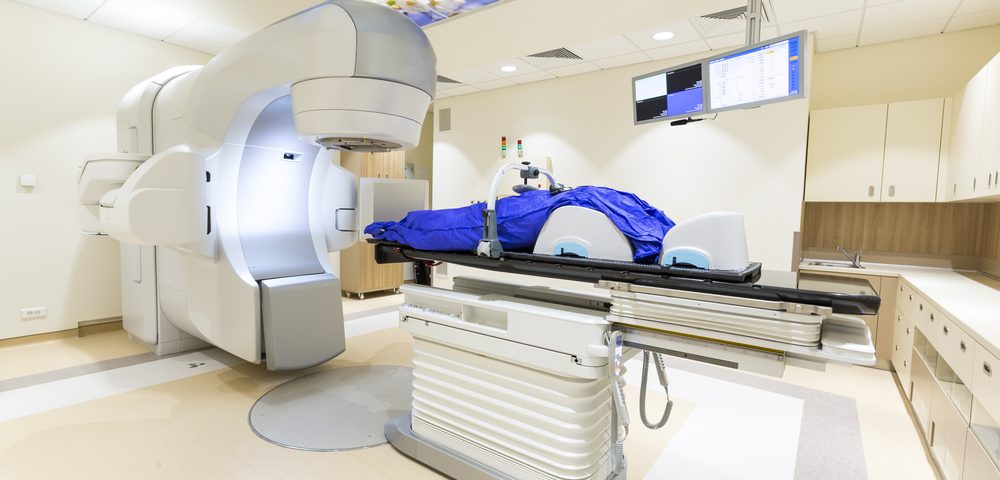Patients with prostate cancer who receive brachytherapy alone have similar cancer control rates and fewer side effects compared to those who receive brachytherapy in combination with external beam therapy (EBT), according to the results of a Phase 3 clinical trial.
The abstract, “Initial Report of NRG Oncology/RTOG 0232: A Phase III Study Comparing Combined External Beam Radiation and Transperineal Interstitial Permanent Brachytherapy with Brachytherapy Alone for Selected Patients with Intermediate Risk Prostatic Carcinoma Identification and Validation of Intrinsic Subtypes of Prostate Cancer,” was recently presented at the American Society for Radiation Oncology 2016 Annual Meeting, held September 25-18, in Boston.
The two main types of radiation therapy used for prostate cancer are external beam radiation, which is noninvasive, and brachytherapy, in which radioactive seed implants are placed directly inside the prostate, reducing radiation exposure to healthy tissues.
To address whether adding EBT to brachytherapy improved the outcomes of prostate cancer patients compared to brachytherapy alone, the researchers conducted the NRG Oncology/RTOG 0232 randomized, multi-institutional Phase 3 study (NCT00063882), which included patients with intermediate risk prostate cancer.
Risk groups were defined based on Gleason scores – which reveal how aggressive a tumor is – and PSA blood levels at the time of diagnosis. Eligible patients for this study had either a Gleason score between two and six and a PSA ranging from 10 to 20, or a Gleason score of seven and PSA lower than 10.
Among the 588 patients included in the study, 292 were randomized to receive brachytherapy alone and 287 received 45 Gy EBT to the pelvic area in addition to brachytherapy. Brachytherapy was given in the form of radioactive iodine (I-125) or palladium (Pd-103), with those in the brachytherapy group receiving either 145 Gy I-125 or 125 Gy Pd-103, and those in the EBT plus brachytherapy group receiving either 110 Gy I-125 or 100 Gy Pd-103. EBT was delivered through 3-D conventional radiation therapy or intensity-modulated radiation therapy (IMRT).
Five-year follow-up analysis, which included 443 eligible patients, revealed that men who received brachytherapy alone had similar progression-free survival rates to those who received more aggressive radiation therapy (85% vs. 86%).
However, those who also received EBT exhibited late severe side effects more commonly than those who received brachytherapy (12% vs. 7%), with both gastrointestinal and genitourinary severe toxicities being more common in the group that received more aggressive treatment. Acute side effects, however — those that occur shortly after treatment — were similar in both groups, with eight percent of patients exhibiting grade 3 or higher side effects.
“These findings suggest that many men with intermediate risk prostate cancer can be well-managed with seed implant alone and do not require the addition of external beam radiation,” Dr. Bradley Prestidge, lead author of the study and medical director of the Bon Secours Cancer Institute at DePaul Medical Center in Norfolk, Virginia, said in a press release. “Contrary to expectations, the more aggressive, combined treatment did not result in superior cancer control rates at five years follow-up, indicating that men can achieve a similar survival benefit with fewer late side effects through brachytherapy alone.”

